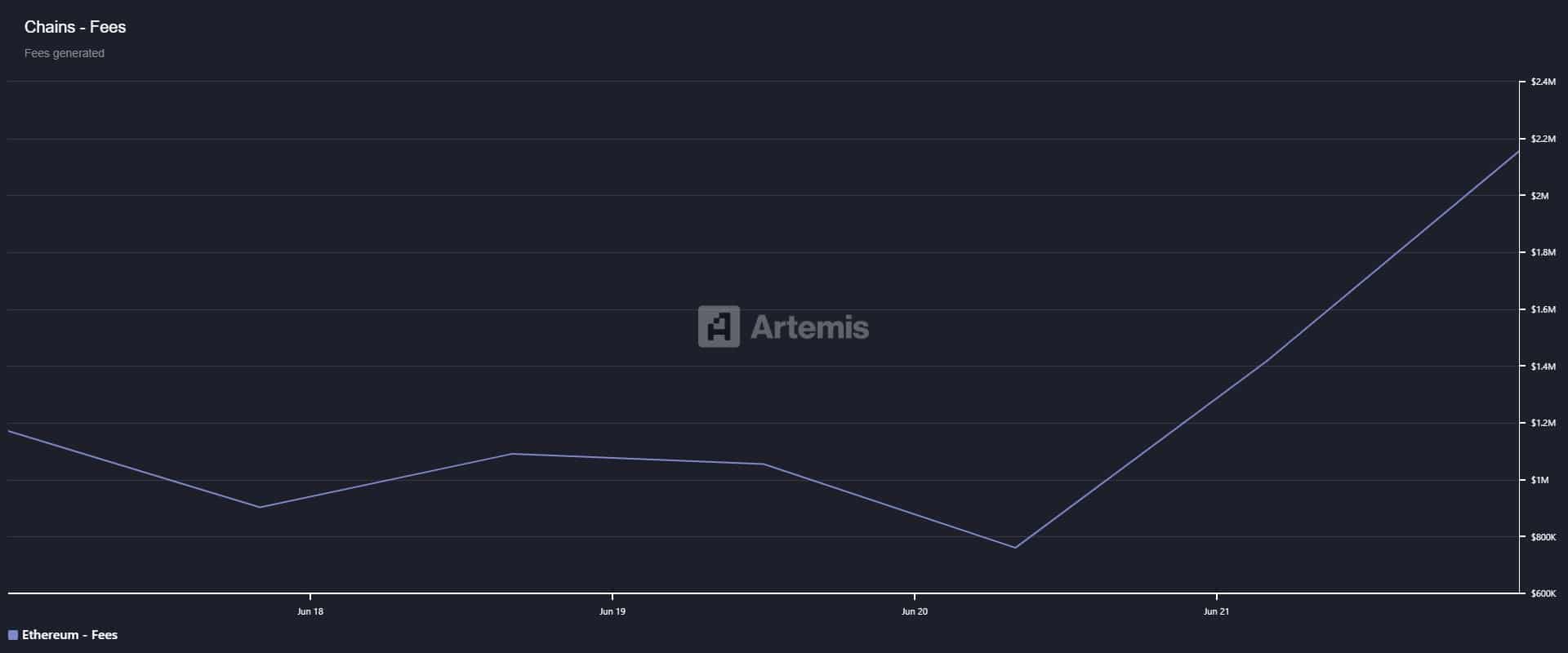Ethereum’s Game-Changer: Devs Push to Halve Block Times—DeFi About to Get Lightning-Fast
Ethereum’s next evolution might be measured in milliseconds. Core developers are proposing slashing block times in half—turbocharging transaction speeds just as DeFi demand hits fever pitch.
Faster blocks, fiercer competition
The upgrade would see Ethereum’s 12-second block time drop to 6 seconds, putting pressure on ‘high-speed’ chains that built their marketing on this single metric. Solana maximalists suddenly checking their GitHub notifications.
DeFi’s need for speed
With MEV bots and arbitrage wars turning blockchain into a nanoseconds game, traders could finally get the execution times they’ve been spoofing about since 2021. CEX refugees may actually stick around this time.
The scaling paradox
Faster blocks mean more chain bloat—and potentially higher hardware requirements for nodes. Because nothing says decentralization like needing an AWS data center to run a validator.
One cynical footnote: Wall Street still thinks ‘block time’ is when bankers leave early on Fridays. Their loss—DeFi’s about to lap traditional finance twice before coffee break.
A base-layer tweak with cascading effects
Interestingly, proponents of the upgrade are already calling the slot-time reduction Ethereum’s biggest rollup yet. And there’s a good reason for that.
Right now, it takes 12 seconds for each block to be proposed, validated, and added to the chain. Halving that to 6 seconds could significantly tighten feedback loops across the L1 stack, without increasing gas limits or throughput.
In other words, Ethereum wouldn’t process more, but it WOULD process faster. So, if the blockchain proceeded for an hour, you’d get twice as many blocks, 600 instead of 300.
But here’s the key part: The gas limit stays the same. Each block still carries the same computational weight. And that shift alone could make fees more predictable.
With transactions getting picked up more often, users might not need to overpay to get confirmed quickly. In practice, that could mean lower average costs per transaction.

Source: Artemis Terminal
From a technical standpoint, Ethereum’s EIP-7782 proposal could be a quiet game-changer.
Lower fees alone could drive stronger network engagement, especially at a time when L1 blockchains are seeing their most utility-driven demand since launch.
But Ethereum isn’t just any L1. It’s the backbone of DeFi. So the real question is: Could this slot-time reduction reshape DeFi just as much as it improves user experience (UX)?
Shorter block times, sharper Ethereum’s DeFi execution
At its core, DeFi lets you trade, lend, borrow, and earn, without banks or middlemen. But all that still runs on Ethereum’s block timing. Right now, every transaction has to wait around 12 seconds to get confirmed.
Say you’re swapping on Uniswap. That delay might not sound like much, but in volatile markets, 12 seconds can mean big price swings. In turn, you might pay more just to avoid being stuck in the queue.
Drop that to 6 seconds, and the system reacts quicker. Prices stay more in sync, and users get better execution.
Consequently, more efficient trading could pull in deeper liquidity, and with it, more users staking ETH to earn yield, reinforcing demand at the protocol level.

Source: DeFiLlama
So while cutting slot times might sound like a minor tweak, it has real implications. Faster blocks mean tighter markets, better UX, and stronger incentives to hold and use ETH.
Overall, it’s a structural MOVE to strengthen both fundamentals and on-chain activity.
Subscribe to our must read daily newsletter

